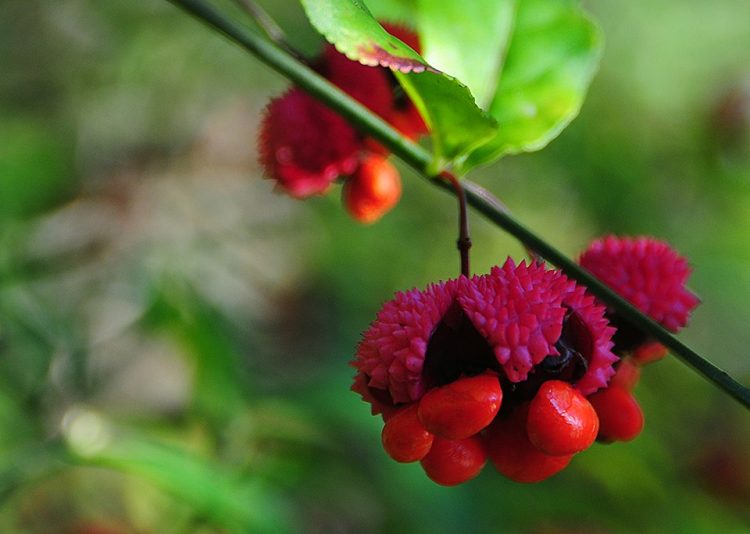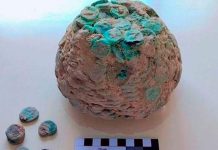What is Botany?
In early times the study of plant life dealt mainly with plants as food. It became known as botany, from a Greek word meaning “herb”. The first people to specialize in the study of botany were primitive medicine men and witch doctors. They had to know the plants that could kill or cure people. And botany was closely linked with medicine for hundreds of years.
In the sixteenth century, people started to observe plants and write books about their observations. These writers were the father of modern botany. In the nineteenth century, the work of an English scientist, Charles Darwin, helped botanists gain a better understanding of how plants as well as animals, evolved from simpler ancestors. His work led botanists to set up special branches of botany.
One of these branches is “plant anatomy”, which has to do with the structure of plants and how they might be related. Experiments on plant heredity were performed to find out how various species came to be and how they could be improved. This study is called “genetics”.
“Ecology”, another branch of botany, deals with studies of the distribution of plants throughout the world, to find out why certain species grow in certain places. “Palebotany”, is another branch, that works out plant evolution from the evidence of fossil remains.
Other branches of botany include “plant physiology”, which studies the way plants breathe and make food, and “plant pathology”, which is concerned with the study of plant diseases.
Where Did Plants Come From?
According to the theories of science, there was a time when there were no plants on earth. Then, hundreds of millions of years ago, tiny specks of protoplasm appeared on the earth. Protoplasm is the name for the living material that is found in both plants and animals. These original specks of protoplasm, according to this theory, were the beginnings of all our plants and animals.
The protoplasm specks that became plants developed thick walls and settled down to stay in one place. They also developed a kind of green coloring matter known as “chlorophyll”. This enabled them to make food from substances in the air, water, and soil. These early green plants had only one cell, but they later formed groups of cells.
Since they had no protection against drying out, they had to stay in the water. Today, some descendants of these original plants still survive, though they have changed quite a bit. We call them “algae”. One group of plants developed that obtained their food without the use of chlorophyll. These non-green plants are the “fungi”.
Most of the plants on earth today evolved from algae. Some of them came out of the sea and developed rootless which could anchor them in the soil. They also developed little leaves with an outer skin covering, as protection against drying. These plants became mosses and ferns.
All the earliest plants reproduced either by simple cell division or by means of spores. Spores are little dust-like cells something like seeds, but containing no stored food in them as seeds do. As time went on, some of these plants developed flowers that produced true seeds.
Two different types of plants with seeds appeared those with naked seeds and those with protected seeds. Each of these two types later developed along many different lines.

Also Read:
- The Ancient Saqqara Bird
- Chandragupta Mud Volcano
- Castle of Mada’in Saleh
- The Semi-Transparent Flying Gurnard Fish
- Exocoetidae – Amazing Fish That Flies
Recommended Products






